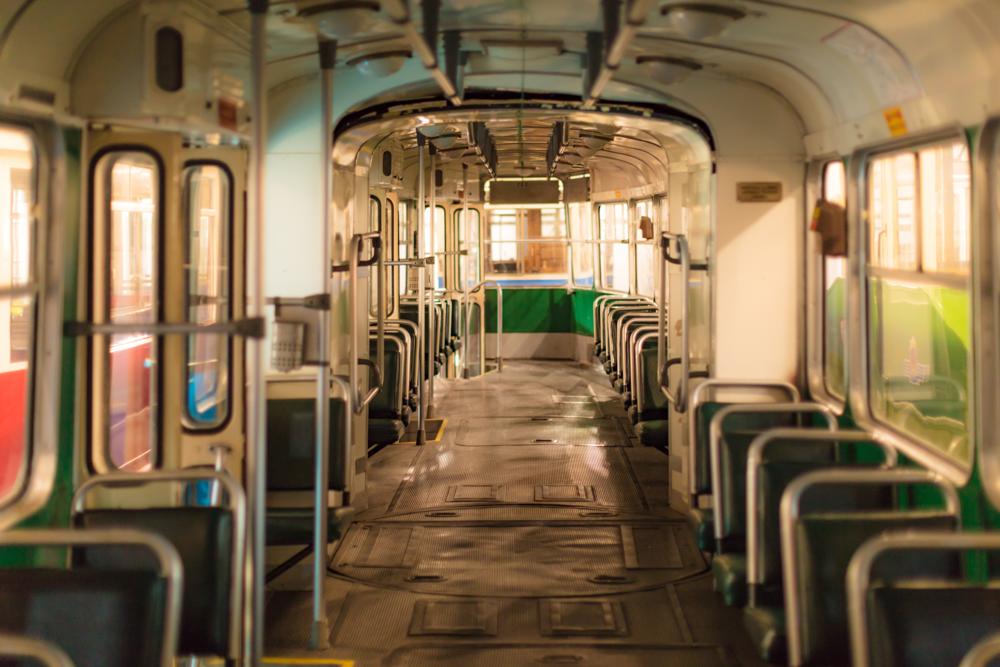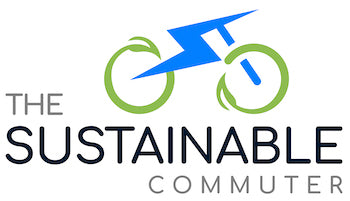
Public Transportation: A Key Factor in Urban Development
Share
Introduction
Public transportation and urban development are two interconnected topics that play a vital role in shaping the infrastructure and functionality of cities. As urban areas continue to grow rapidly, the importance of an efficient public transportation system becomes increasingly clear. Beyond providing a means of transportation, it has the potential to revolutionize cities in profound ways, including reducing traffic congestion, improving accessibility, and fostering economic growth. In this article, we will explore the significance of public transportation in urban development and how Microsoft is leading the way in creating sustainable urban mobility.Section 1: What is Public Transportation and Urban Development?
Public transportation refers to a system of transportation that is available for use by the public, typically consisting of buses, trains, light rail, and other modes of transit. It is designed to provide a convenient and affordable means of transportation for people within a city or urban area. Urban development, on the other hand, refers to the process of planning, designing, and constructing the physical and social infrastructure of a city. It involves creating a sustainable and livable environment that meets the needs of the population.Section 2: The Benefits of Public Transportation in Urban Development
Reduced Traffic CongestionOne of the primary benefits of a well-functioning public transportation system is the reduction of traffic congestion. As more people rely on public transportation, the number of private vehicles on the road decreases, leading to less traffic congestion and shorter commute times. This not only improves the quality of life for residents but also reduces air pollution and greenhouse gas emissions. Improved Accessibility
Public transportation improves accessibility by providing transportation options for people who do not own a car or prefer not to drive. It allows individuals to travel to work, school, healthcare facilities, and other essential services without relying on a personal vehicle. This is particularly important for low-income individuals who may not have access to private transportation options. Economic Growth
An efficient public transportation system can also foster economic growth in urban areas. It connects people to job opportunities, educational institutions, and commercial centers, creating a more vibrant and dynamic economy. Additionally, public transportation infrastructure projects create jobs during the construction phase, further contributing to local economic development. Environmental Sustainability
In an era of increased concern for the environment, public transportation plays a vital role in reducing carbon emissions and promoting sustainability. By encouraging people to use public transportation instead of private vehicles, cities can significantly reduce their carbon footprint. Furthermore, the adoption of electric buses and trains can further reduce greenhouse gas emissions and improve air quality. Social Equity
A well-designed public transportation system promotes social equity by ensuring that everyone has access to essential services and opportunities. It reduces transportation barriers for marginalized communities, such as low-income individuals, the elderly, and people with disabilities. By providing affordable and accessible transportation options, public transportation helps bridge the gap between different socio-economic groups, creating a more inclusive and equitable society.
Section 3: Microsoft's Contributions to Sustainable Urban Mobility
Microsoft, a leading technology company, recognizes the importance of public transportation in urban development and is actively contributing to sustainable urban mobility. Through various initiatives and partnerships, Microsoft is leveraging technology to create innovative solutions for urban transportation challenges. Microsoft's Initiatives for Public TransportationMicrosoft has developed several initiatives to improve public transportation systems and enhance urban mobility. One such initiative is the Mobility for All program, which focuses on creating accessible and inclusive transportation solutions. Through this program, Microsoft collaborates with cities, transportation agencies, and technology partners to develop innovative tools and services that improve the efficiency, reliability, and accessibility of public transportation. Microsoft's Commitment to Sustainable Urban Development
In addition to its initiatives for public transportation, Microsoft is committed to sustainable urban development as a whole. The company recognizes that creating livable and sustainable cities requires a holistic approach that goes beyond transportation. Microsoft is investing in technologies such as artificial intelligence, data analytics, and IoT (Internet of Things) to create smart cities that optimize energy usage, reduce waste, and enhance the overall quality of life for residents.
